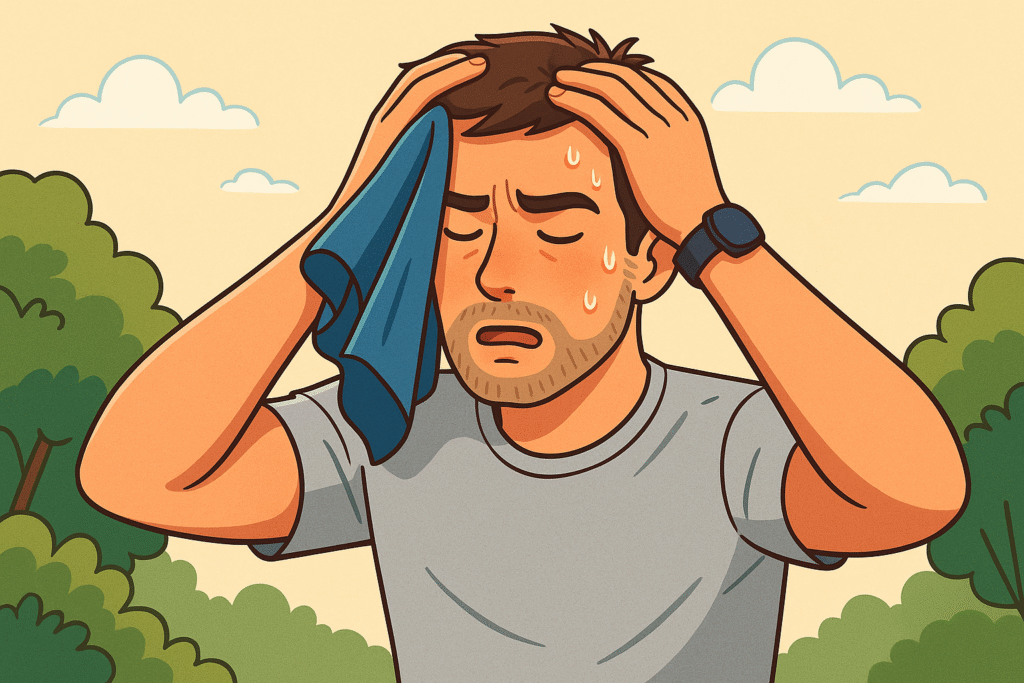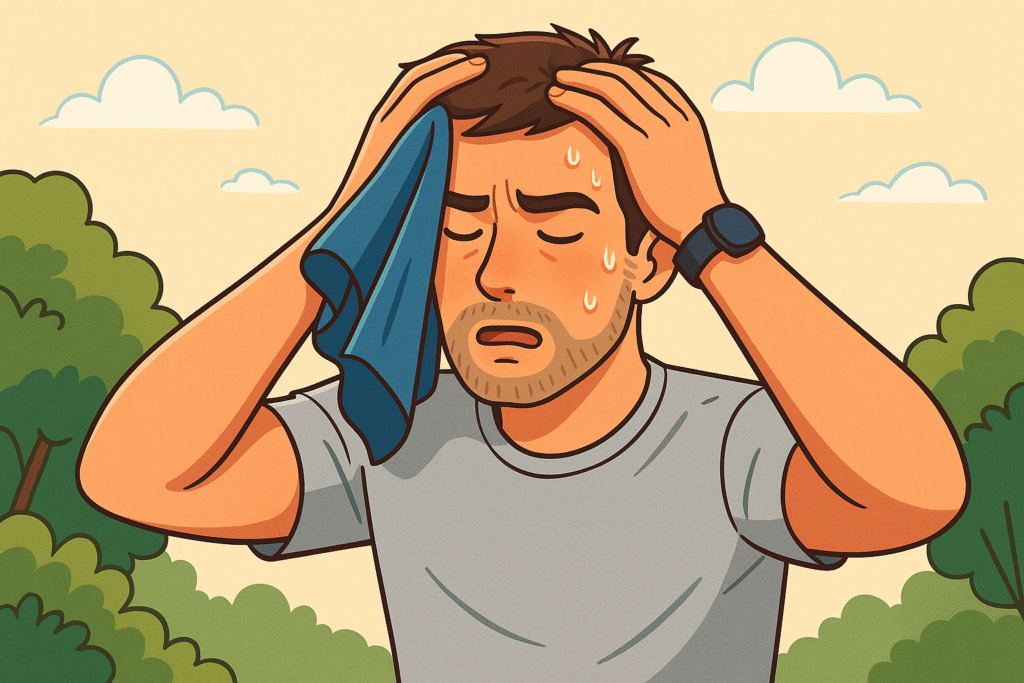

During periods of extreme heat, the human body can face a serious medical condition known as heatstroke. This emergency occurs when the body loses its ability to regulate its internal temperature, leading to potential damage to vital organs, confusion, and even death if not treated promptly.
In this article, you’ll learn what heatstroke is, how to recognize its symptoms, what to do if it occurs, and most importantly, how to prevent it.
What Is Heatstroke?
Heatstroke is the most severe form of heat-related illness. It happens when the body temperature rises above 104°F (40°C) due to prolonged heat exposure or intense physical activity in hot environments—especially when hydration or ventilation is lacking.
Unlike sunstroke, which is more closely related to direct sun exposure, heatstroke can occur indoors if there’s excessive heat and humidity.
Symptoms of Heatstroke
Recognizing the symptoms of heatstroke early can save lives. Key warning signs include:
- Body temperature above 104°F (40°C)
- Hot, dry, red skin (lack of sweat)
- Confusion, disorientation, or unusual behavior
- Dizziness and severe headache
- Rapid heartbeat and breathing
- Nausea, vomiting, or unconsciousness
- Seizures (in severe cases)
It’s essential to act quickly because heatstroke is a medical emergency.
What to Do If Someone Has Heatstroke
If you suspect someone is having it:
- Call emergency services or request a home medical visit immediately.
- Move the person to a cool, shaded, or air-conditioned area.
- Remove excess clothing.
- Apply cold compresses to the armpits, neck, and groin, or spray the body with cool water.
- Do not give fluids orally if the person is unconscious or vomiting.
📲 If you’re in Mexico, you can get in-home care from Doctor At Home México.
💧 We also provide IV hydration therapy to restore fluids and electrolyte balance efficiently.
Who’s at Risk?
While anyone can experience heatstroke, certain groups are more vulnerable:
- Children under 5 and adults over 65
- People with cardiovascular, kidney, or metabolic conditions
- Athletes and outdoor workers
- Those consuming alcohol or medications that impair sweating
- Individuals with obesity or a fever
How to Prevent Heatstroke
Heatstroke is preventable with a few simple but essential actions:
- Stay well hydrated with water or electrolyte drinks.
- Wear lightweight, light-colored clothing and a hat.
- Avoid strenuous outdoor activities between 11:00 a.m. and 4:00 p.m.
- Never leave children or pets in parked vehicles.
- Stay in shaded or air-conditioned areas.
- Use fans or AC if living in a high-heat region.
If you notice any early symptoms, don’t ignore them—timely care can prevent serious complications.
Conclusion
Heatstroke is a life-threatening condition that can be avoided with awareness, prevention, and fast response. During high temperatures, prioritize your health and that of those around you.
🔗 Read our guide on how heat affects the body
📲 Book a home medical visit here
💧 Request IV therapy at home here
